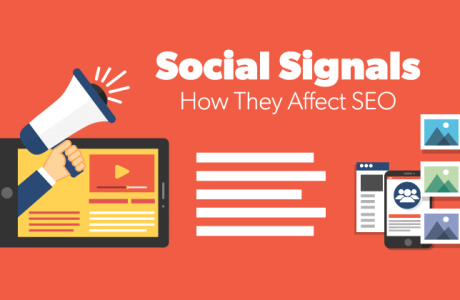Children’s social care services
Spending on children’s services has fallen by 9% since 2010 as numbers of children in need have risen by 5%, councils say
Children’s jackets on coat pegs
Councils have mostly managed to maintain spending on families who have hit crisis point, but at the expense of preventive services. Photograph: SWNS.COM
View more sharing options
Shares
347
Patrick Butler Social policy editor
Thursday 11 May 2017 00.01 BST Last modified on Thursday 11 May 2017 08.45 BST
Councils have warned that social care services for vulnerable children are approaching breaking point in the face of funding shortfalls estimated to reach £2bn by the end of the decade.
Analysis by the Local Government Association (LGA) indicates that resources are being outstripped by steadily rising demand for child support and safeguarding services as authorities struggle with huge budget cuts.
Former children’s minister Tim Loughton led an all-party parliamentary inquiry into children’s social care
Facebook Twitter Pinterest
Former children’s minister Tim Loughton led an all-party parliamentary inquiry into children’s social care. Photograph: Linda Nylind/the Guardian
Spending by English councils on children’s services has dropped by at least 9% since 2010, over a period when numbers of children “in need” rose by 5% and thousands more youngsters were taken into care or made subject to a child protection plan.
Cllr Richard Watts, chair of the LGA’s Children and Young People Board, said all political parties must commit to fully funding children’s social care: “Services caring for and protecting vulnerable children are now, in many areas, being pushed to breaking point.”
He added: “Councils are committed to providing the best possible support to vulnerable children and their families, but the demand for children’s social care services has more than doubled and is stretching local authority resources.”
warning comes just weeks
The warning comes just weeks after an all-party parliamentary group (APPG) inquiry into children’s social care, led by Conservative MP and former children’s minister Tim Loughton, reported that services were on the brink of collapse, with nine out of 10 councils struggling to meet their legal duties.
The Department for Education (DfE) said councils had managed to increase spending levels on emergency safeguarding services over the past five years. It has generally preferred to focus on apparent issues of service quality and performance in children’s social care, rather than lack of investment.
A DfE spokesperson said: “We want every single child, no matter where they live, to receive the same high-quality care and support – and this is exactly what our reforms are set up to deliver. We are clear that providing help as early as possible is the most effective way of keeping children safe, and our new What Works Centres for children’s social care will ensure social workers across the country are able to learn from best practice.”
Guardian Today: the headlines, the analysis, the debate – sent direct to you
Read more
The LGA said that although most councils have managed to maintain spending on families who have hit crisis point, this has been at the expense of services designed to prevent problems getting out of control in the first place, such as Sure Start, parenting courses, and youth work.
Councils also fear that rising child poverty caused by welfare cuts – coupled with increases in homelessness, domestic violence, child sexual exploitation and mental illness – is driving up demand, making the current funding arrangements increasing unsustainable.
Budgets are also being stretched by the growing numbers of severely disabled children living for longer and who require extensive support, and unaccompanied children seeking asylum.
The demand for children’s social care services has more than doubled and is stretching local authority resources
Cllr Richard Watts
The £2bn figure is an update on the LGA’s £1.9bn estimate from last autumn, and reflects cuts to council grants, coupled with rising numbers of children needing help and revised assumptions of inflationary pressure on costs.
There were 394,400 children assessed as in need of services or protection in 2015-16, compared with 375,900 in 2009-10. This includes children in care and children subject to a child protection plan. The APPG report suggested councils may be limiting the numbers of children in need by raising thresholds for intervention.
English councils spent £11bn on children’s services in 2016-17, comprising £8bn on children’s social care and the remainder on education support services, such as home-to-school transport, and services for children with special educational needs.
Alison Michalska, president of the Association of Directors of Children’s Services, said the projected spending gap was unsurprising in the context of increased costs and reduced budgets, and likely to increase if the impact on children’s services continued to be ignored by ministers.
Michalska said: “We cannot go on as we are. Local authorities know that a strong local early-intervention offer can reduce the need for more intrusive and costly interventions in the lives of children and families once problems have worsened and reached crisis point, yet councils have been left with no choice but to reduce these services in order to cope with rising demand. Local authorities have worked hard to make savings, but we are running out of options.”









